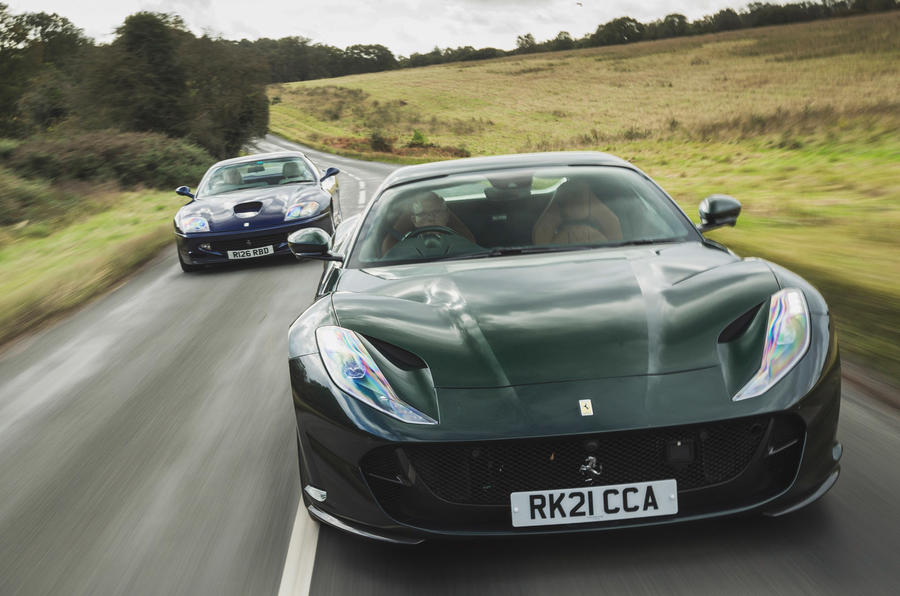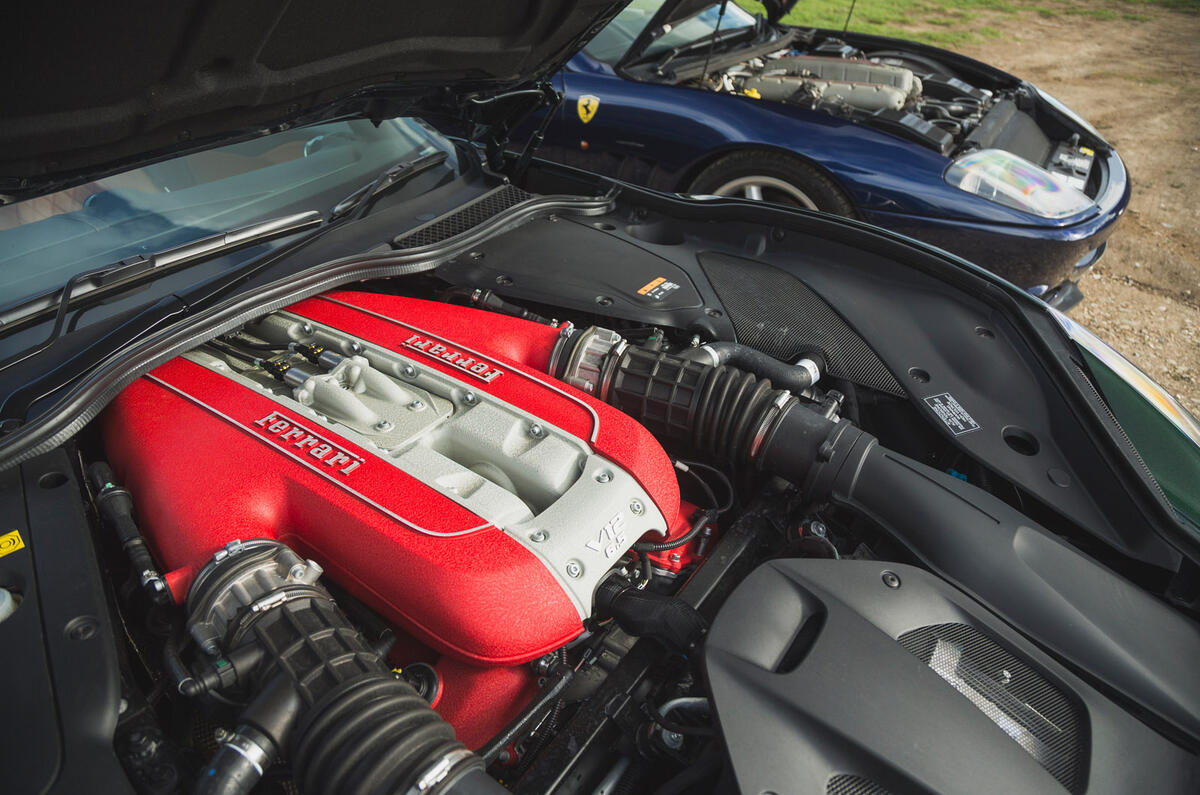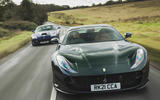What does a V12 mean to you?
Is it the pinnacle of combustion-powered brilliance; a multi-cylindered masterpiece that’s among the smoothest and most sweetly balanced engines found in any car? Or is it just the final bastion of automotive profligacy, the antithesis of all that’s clean and green, awaiting its inevitable death knell from legislators the world over?
Ferrari should know better than most. Of the four manufacturers in the UK that still sell V12-powered cars (Aston Martin, Lamborghini and Rolls-Royce being the others, if you ignore the odd niche luxury car), it has by far the longest back catalogue of road-going V12 models. In fact, you could argue that it’s a continuous one, too, given that Maranello’s flat-12 engines from the 1970s to the 1990s were actually wide-angled vees by another name.
And being mid-engined, it’s those cars – Boxers, Testarossas et al – that separate the two eras of front-engined V12, two-seat production Ferraris. The first one ended with the 365 GTB/4 ‘Daytona’ in 1973 and the current one started in 1996 with the 550 Maranello, which we have with us today, neatly bookended by the current 812, which we’ve also brought along to gauge what a quarter-century of evolution looks and drives like.

Autocar’s original test of the 550 actually referred to the Daytona, saying: “For all its speed and beauty, it showed that a mid-engined successor was necessary. The 550 shows that it is not.”
And in 2000, when I first drove a 550, I probably would have agreed. That the test venue was Millbrook Proving Ground’s high speed bowl also meant my Ferrari duck was broken at around 150mph. While not the most exhaustive test, it did reveal how stupendously easy it was for a callow road tester to go flat chat on a bumpy, steeply banked track and not feel any sense of fear. A touch of ignorance helped at the time, maybe, but, looking back, that 550 was so much more stable and forgiving than it had any right to be.























































Join the debate
Add your comment
Why don't you apply for a job with Autocar and show them how it should be done as you are such an expert?
LOL To be fair, it's shockingly written in places. Looks as if it hasn't been proofread.
If you wanted proof that Maranello used to make beautiful cars but now churns out monstrosities, here it is.
The smooth, flowing lines and the classy, understated, easy to use interior of the 550, make it so much more desirable than the newer car.